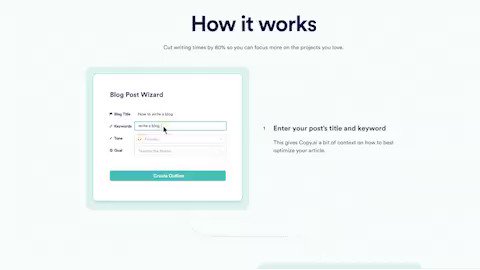More from Learning
Use these 6 AI websites to finish hours of work in minutes (take a look):
1. Sheet+
Become a spreadsheet master with Sheet+ AI-powered tools.
• Convert text to formula
• Convert formula to explanation
• Debug formulas
• Generate VBA code
• Get instant answers to any spreadsheet question
🔗 https://t.co/fWsAeKa6ko

2. DeepCode
DeepCode's AI-based code review notifies you about critical bugs in real time and shows you how to fix them.
🔗 https://t.co/dPTPq9syoy

3. Akkio
Grow your business with data-driven decisions.
Go from data to AI in 10 minutes — no code or data science skills required.
🔗 https://t.co/I29FIHDIs0

4. Autocode
Instant endpoints for webhooks, bots, and APIs.
Build and host Node.js endpoints in seconds.
Connect to your favorite APIs like Airtable, Discord, Notion, Slack, Webflow, and more.
🔗 https://t.co/uQZB0NCHJT

1. Sheet+
Become a spreadsheet master with Sheet+ AI-powered tools.
• Convert text to formula
• Convert formula to explanation
• Debug formulas
• Generate VBA code
• Get instant answers to any spreadsheet question
🔗 https://t.co/fWsAeKa6ko

2. DeepCode
DeepCode's AI-based code review notifies you about critical bugs in real time and shows you how to fix them.
🔗 https://t.co/dPTPq9syoy

3. Akkio
Grow your business with data-driven decisions.
Go from data to AI in 10 minutes — no code or data science skills required.
🔗 https://t.co/I29FIHDIs0

4. Autocode
Instant endpoints for webhooks, bots, and APIs.
Build and host Node.js endpoints in seconds.
Connect to your favorite APIs like Airtable, Discord, Notion, Slack, Webflow, and more.
🔗 https://t.co/uQZB0NCHJT

You May Also Like
Margatha Natarajar murthi - Uthirakosamangai temple near Ramanathapuram,TN
#ArudraDarisanam
Unique Natarajar made of emerlad is abt 6 feet tall.
It is always covered with sandal paste.Only on Thriuvadhirai Star in month Margazhi-Nataraja can be worshipped without sandal paste.

After removing the sandal paste,day long rituals & various abhishekam will be https://t.co/e1Ye8DrNWb day Maragatha Nataraja sannandhi will be closed after anointing the murthi with fresh sandal paste.Maragatha Natarajar is covered with sandal paste throughout the year

as Emerald has scientific property of its molecules getting disturbed when exposed to light/water/sound.This is an ancient Shiva temple considered to be 3000 years old -believed to be where Bhagwan Shiva gave Veda gyaana to Parvati Devi.This temple has some stunning sculptures.

#ArudraDarisanam
Unique Natarajar made of emerlad is abt 6 feet tall.
It is always covered with sandal paste.Only on Thriuvadhirai Star in month Margazhi-Nataraja can be worshipped without sandal paste.

After removing the sandal paste,day long rituals & various abhishekam will be https://t.co/e1Ye8DrNWb day Maragatha Nataraja sannandhi will be closed after anointing the murthi with fresh sandal paste.Maragatha Natarajar is covered with sandal paste throughout the year

as Emerald has scientific property of its molecules getting disturbed when exposed to light/water/sound.This is an ancient Shiva temple considered to be 3000 years old -believed to be where Bhagwan Shiva gave Veda gyaana to Parvati Devi.This temple has some stunning sculptures.

My top 10 tweets of the year
A thread 👇
https://t.co/xj4js6shhy
https://t.co/b81zoW6u1d
https://t.co/1147it02zs
https://t.co/A7XCU5fC2m
A thread 👇
https://t.co/xj4js6shhy
Entrepreneur\u2019s mind.
— James Clear (@JamesClear) August 22, 2020
Athlete\u2019s body.
Artist\u2019s soul.
https://t.co/b81zoW6u1d
When you choose who to follow on Twitter, you are choosing your future thoughts.
— James Clear (@JamesClear) October 3, 2020
https://t.co/1147it02zs
Working on a problem reduces the fear of it.
— James Clear (@JamesClear) August 30, 2020
It\u2019s hard to fear a problem when you are making progress on it\u2014even if progress is imperfect and slow.
Action relieves anxiety.
https://t.co/A7XCU5fC2m
We often avoid taking action because we think "I need to learn more," but the best way to learn is often by taking action.
— James Clear (@JamesClear) September 23, 2020
































